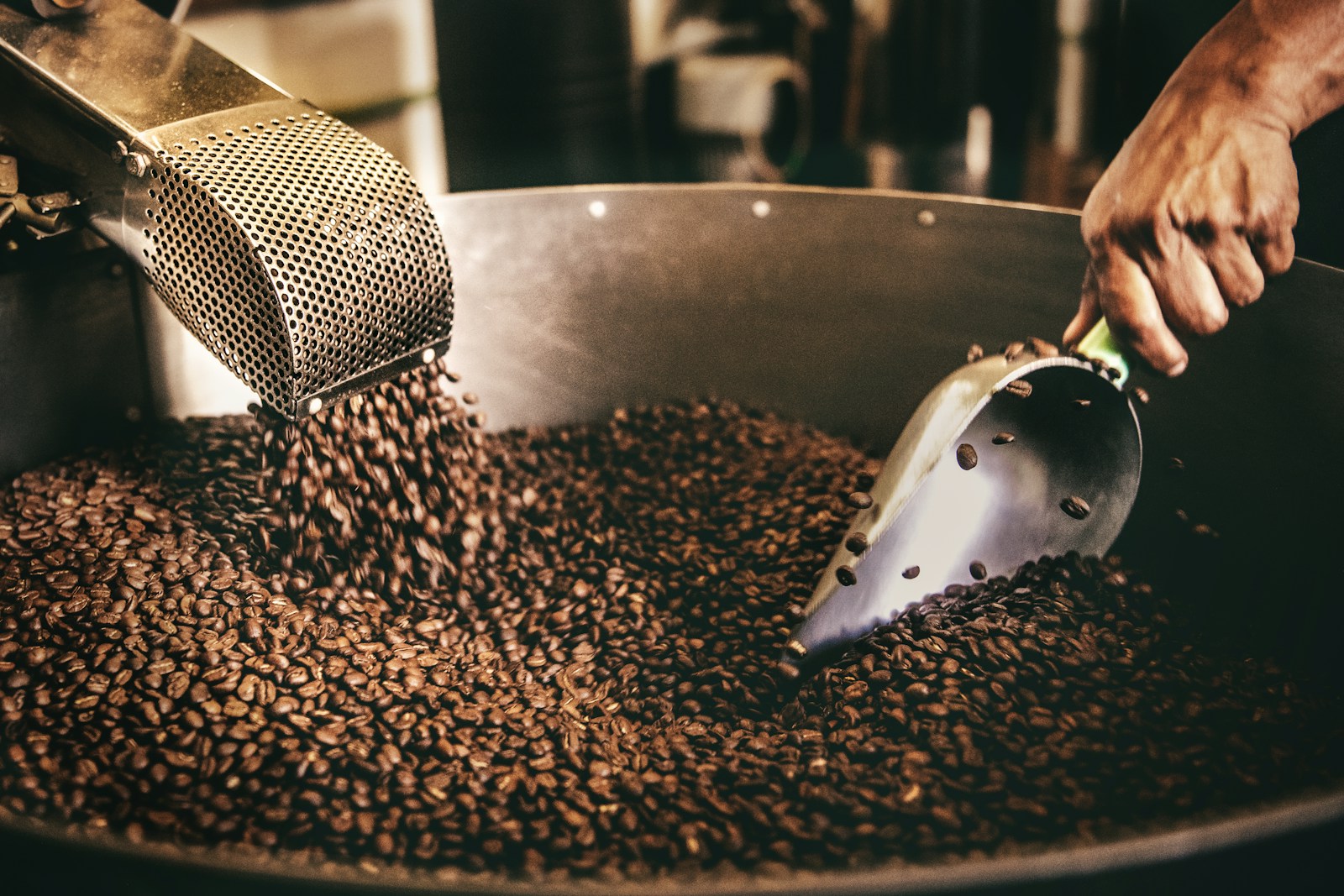In the nuanced world of coffee, aficionados and casual drinkers often encounter a pivotal choice: Should one indulge in blended coffee or opt for single-origin varieties? This debate encapsulates personal preference and the intricate art of coffee production.
Single-origin coffee is sourced from a specific region, farm, or even a specific lot within a cooperative. This approach allows for a distinct representation of the terroir, showcasing the unique flavors and characteristics imparted by the local climate, soil, and cultivation methods. Coffee lovers often praise single-origin brews for their clarity and complexity, which provide a vivid snapshot of the region’s profile, be it fruity, floral, or earthy.
In contrast, blended coffee combines beans from various origins to create a harmonious flavor profile. Roasters expertly craft these blends, balancing different characteristics to achieve a consistent and often more rounded taste. This method offers versatility, allowing for excellent compatibility with various brewing techniques and personal palate preferences. Blends are particularly appreciated for their smoothness and drinkability, making them a staple in many cafés.
Ultimately, the choice between blending and single-origin coffees hinges on the individual’s taste and experience. While single-origin offerings cater to those seeking adventure and authenticity, blended coffees appeal to those who enjoy a balanced and familiar cup. As coffee continues to evolve, both categories will undoubtedly retain their esteemed places within the global coffee culture, inviting endless exploration and enjoyment.
